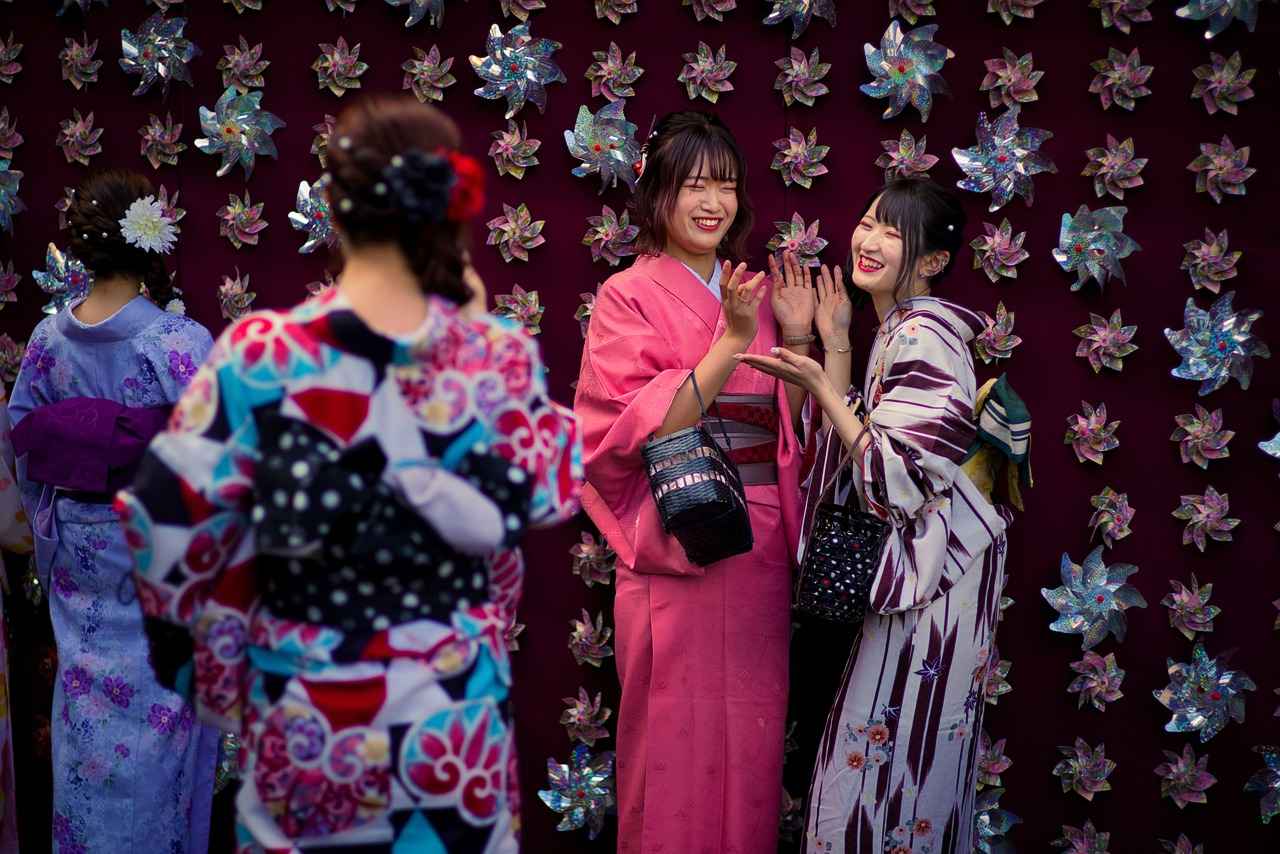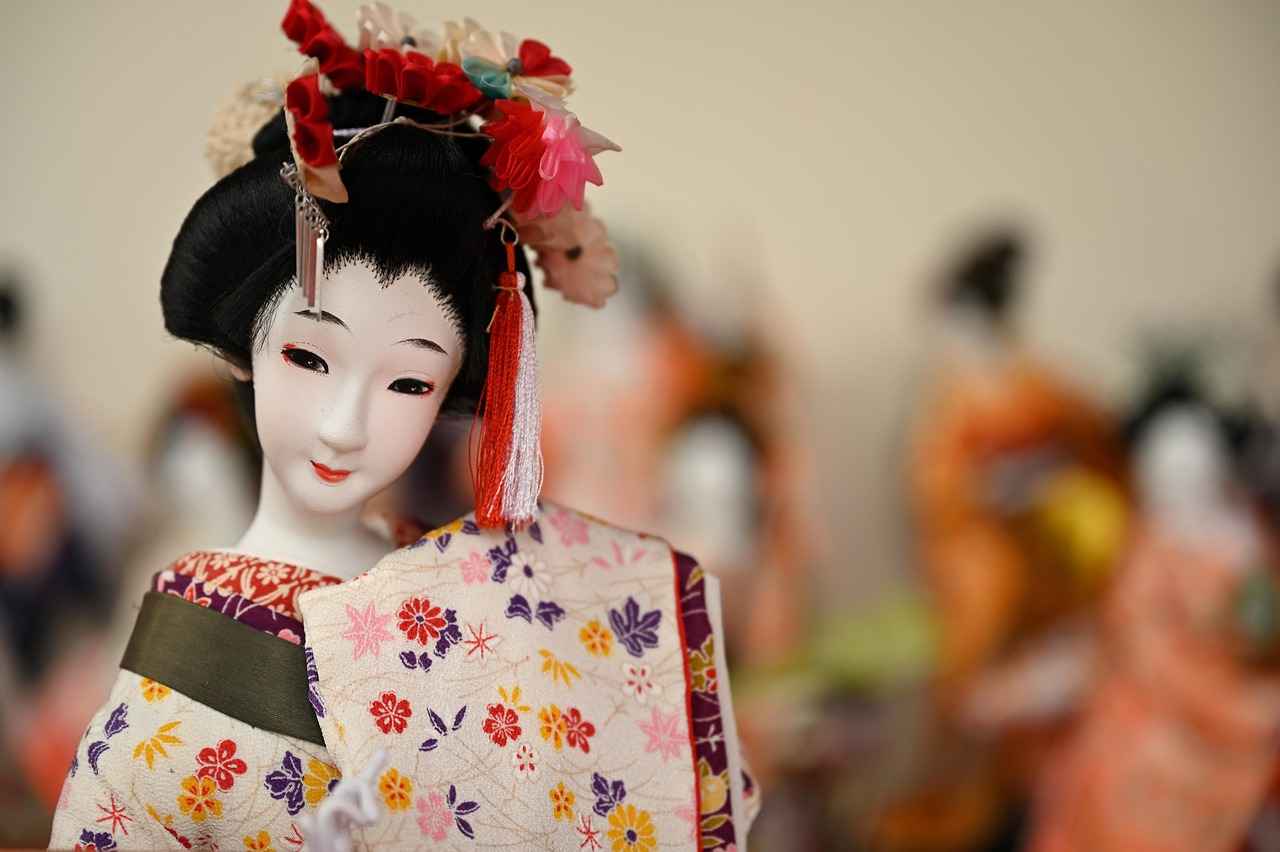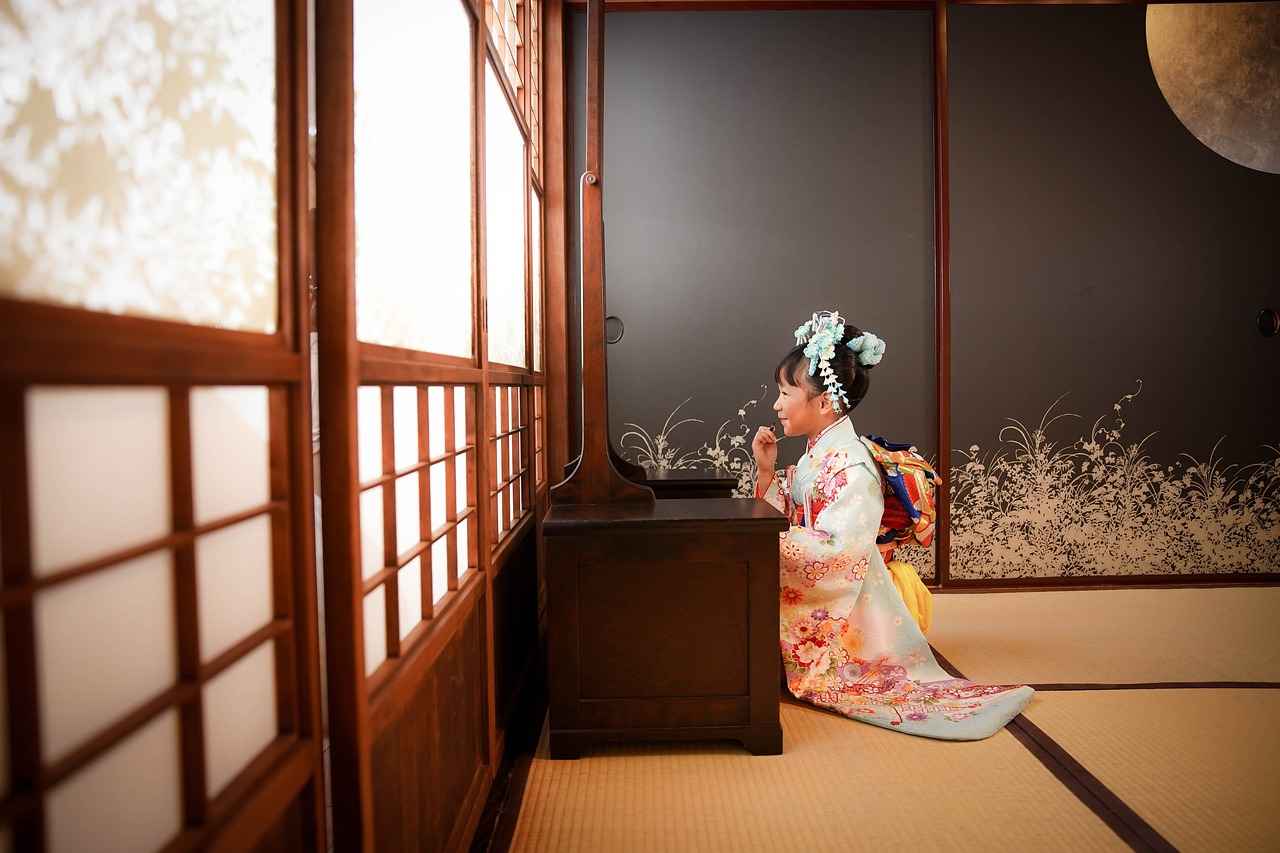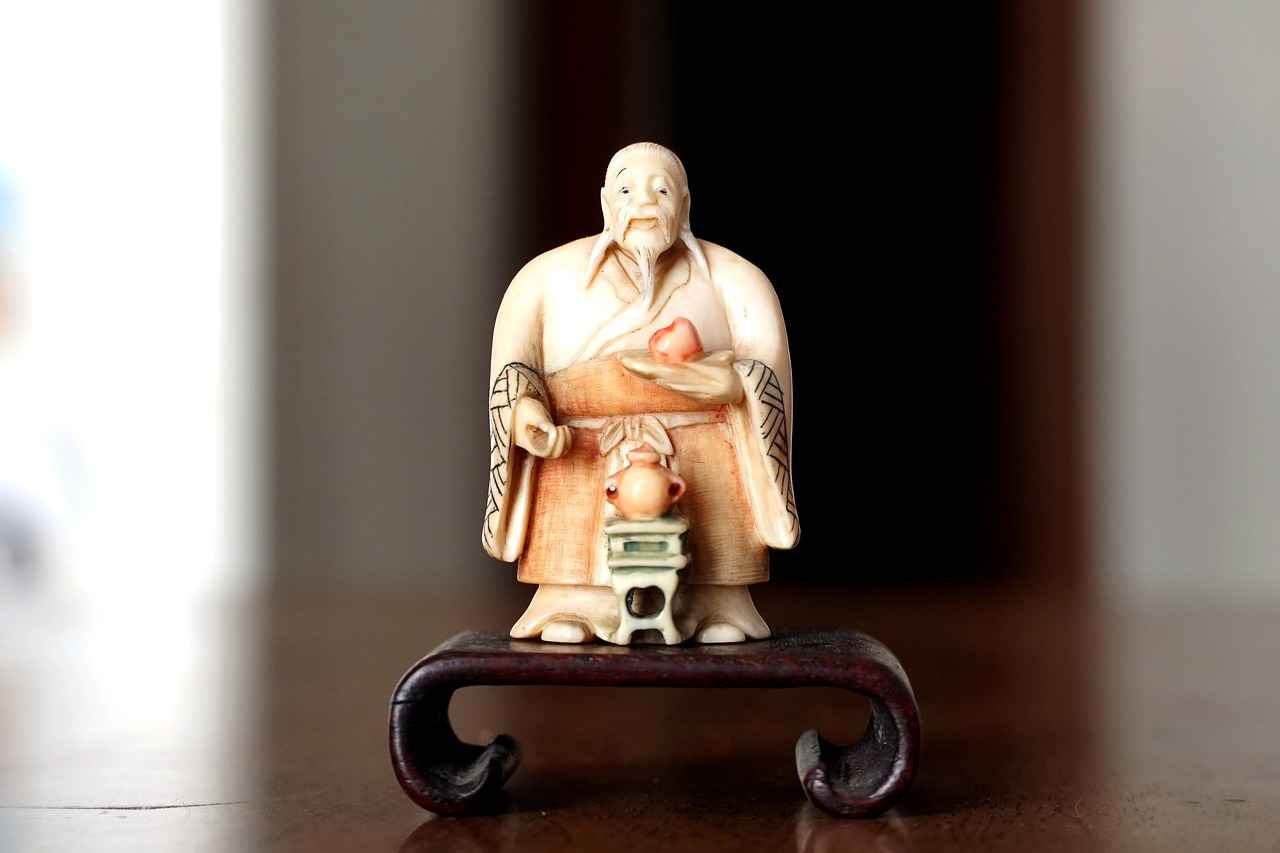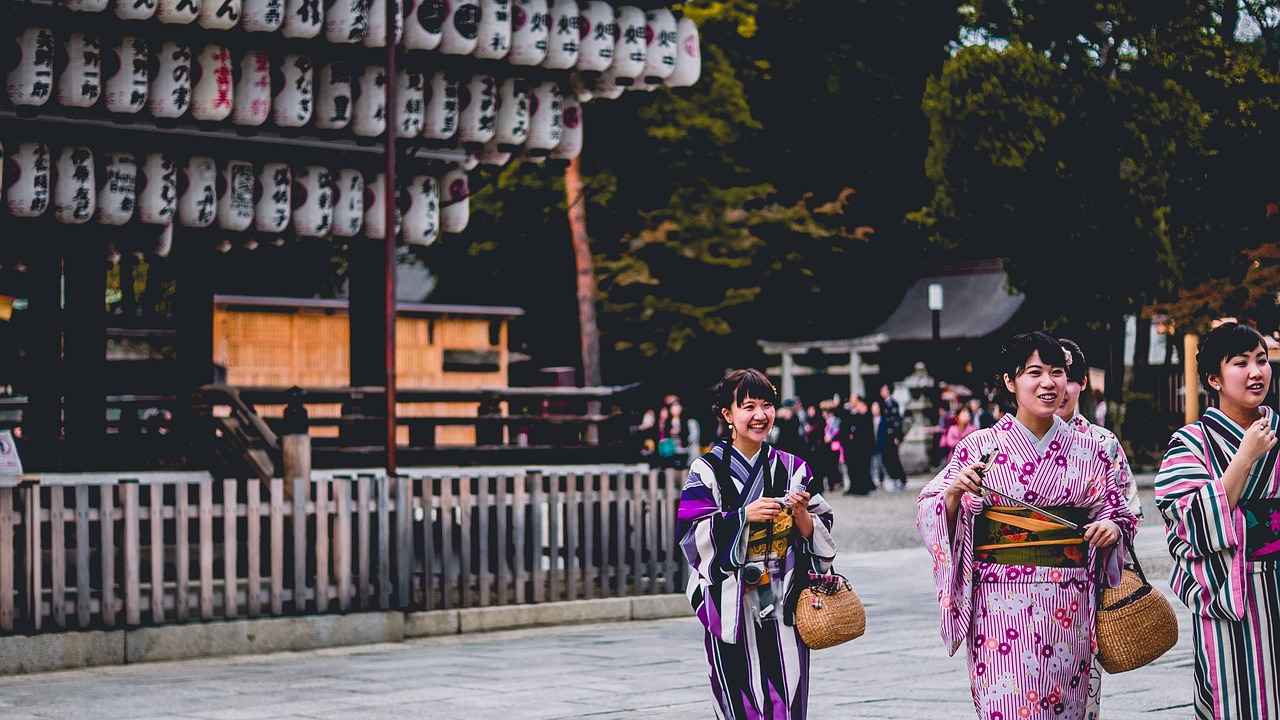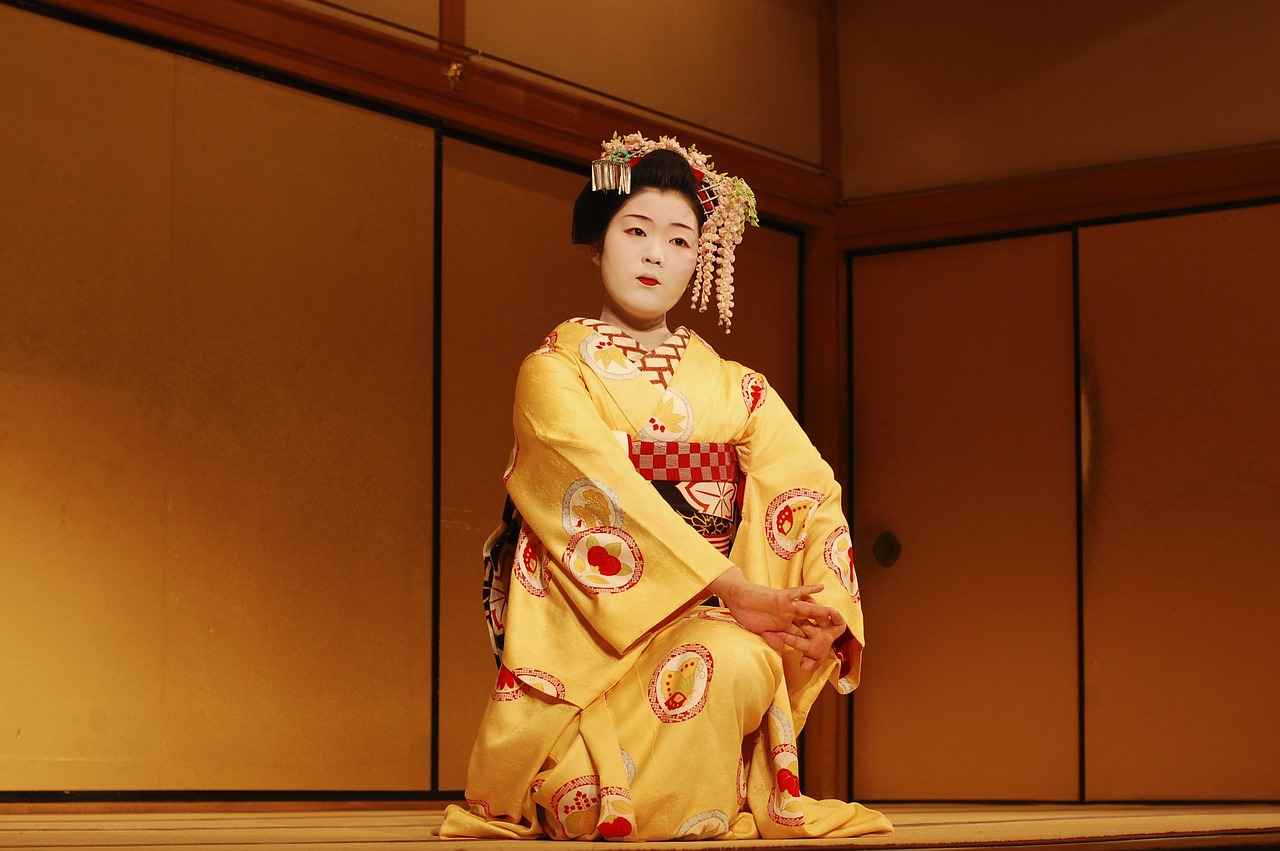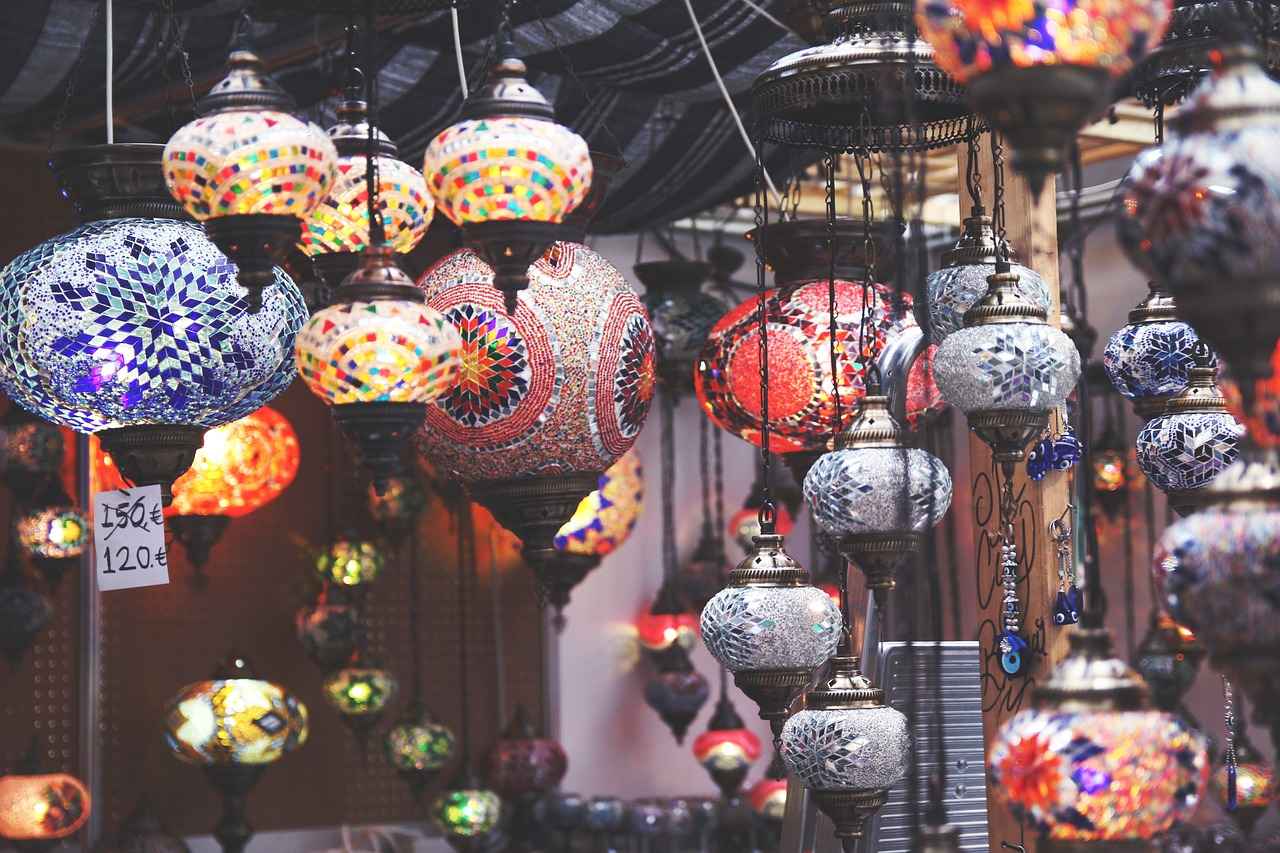This article serves as a comprehensive guide on how to wear a kimono for a traditional Japanese tea ceremony. It includes essential tips, techniques, and cultural insights to ensure an authentic experience.
Understanding the Kimono
The kimono is not just a garment; it is a symbol of Japanese culture with a rich history. Understanding its significance and various styles is crucial when preparing for a tea ceremony.
Choosing the Right Kimono
When selecting a kimono for the tea ceremony, it is important to consider factors such as the occasion, season, and your personal style. This will help you choose the most appropriate attire.
- Types of Kimonos: Different types of kimonos exist, including Furisode, Tomesode, and Yukata, each serving unique purposes.
- Furisode Kimono: Known for its long sleeves, this kimono is typically worn by young, unmarried women and symbolizes youth.
- Tomesode Kimono: This formal kimono, with shorter sleeves, is worn by married women and often features intricate designs.
Seasonal Considerations
Choosing a kimono also depends on the season. Fabrics and colors should reflect the time of year, enhancing the overall aesthetic.
Accessorizing Your Kimono
Accessories are vital in completing the kimono look. The obi belt, along with other accessories like obijime and obidome, adds to the traditional appearance.
Steps to Properly Wear a Kimono
Wearing a kimono requires specific steps:
- Preparation and Undergarments: Ensure you wear the right undergarments for comfort and silhouette.
- Wrapping and Securing: Pay attention to how you wrap and secure the kimono for a polished look.
Etiquette During the Tea Ceremony
Understanding the etiquette is crucial for showing respect. Proper greetings and serving techniques enhance the experience.
Conclusion: Embracing Tradition
Wearing a kimono for a traditional Japanese tea ceremony is a beautiful way to connect with Japan’s cultural heritage. Embrace this tradition with respect and appreciation for its significance.
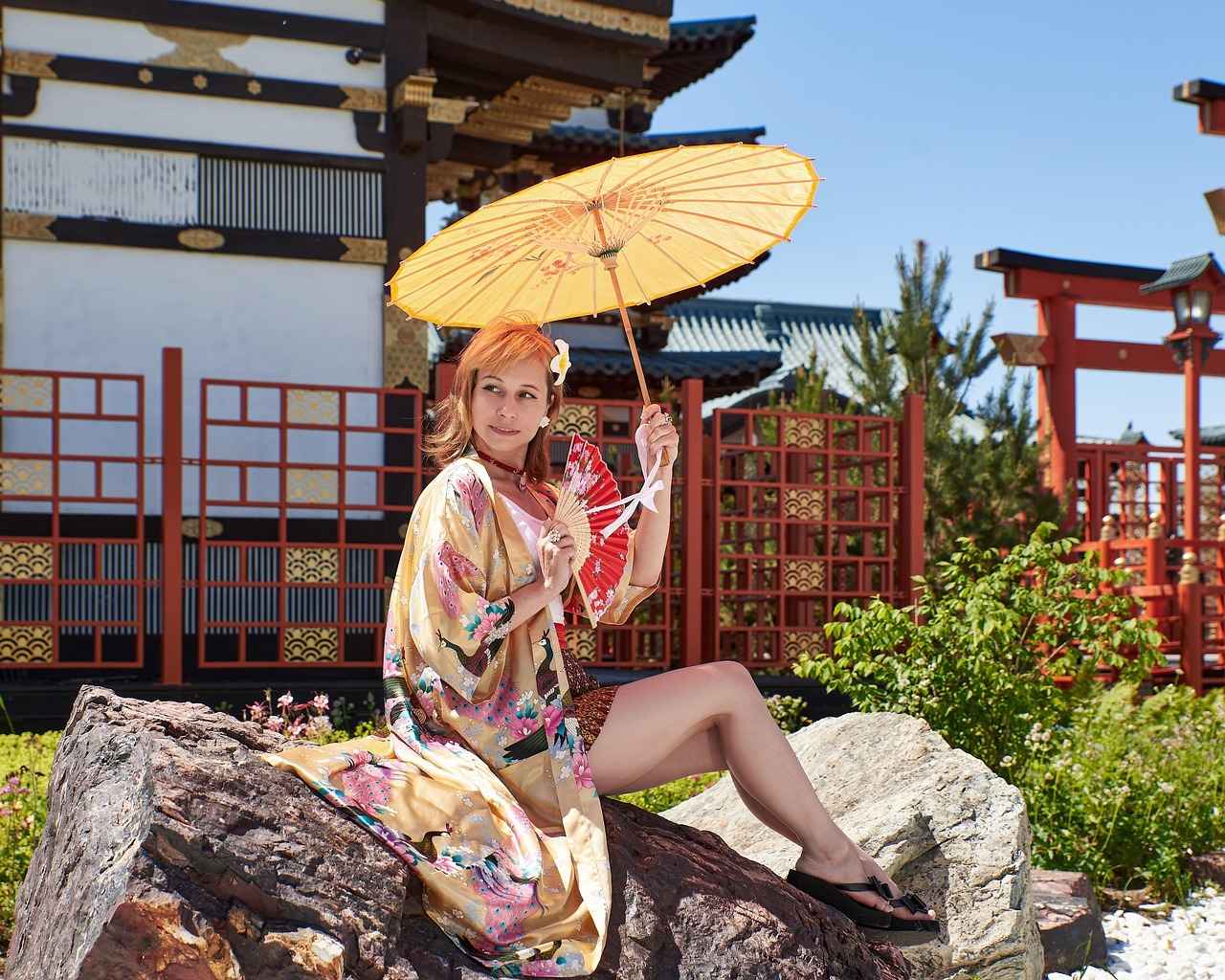
Understanding the Kimono
The kimono is more than just a piece of clothing; it is a symbol of Japanese culture and tradition. This traditional garment has a rich history that dates back to the Heian period (794-1185), where it was originally worn by the nobility. Over centuries, the kimono has evolved in style, fabric, and significance, making it an essential part of Japanese identity.
Understanding the various styles and meanings behind the kimono is crucial, especially for occasions like the tea ceremony, which embodies the essence of Japanese aesthetics and philosophy. The tea ceremony, or chanoyu, is a ritualistic preparation and consumption of matcha, and wearing a kimono during this event reflects respect for the tradition.
There are several types of kimonos, each with its own unique characteristics:
- Furisode: This kimono features long, flowing sleeves and is typically worn by young, unmarried women. It symbolizes youth and is often seen at celebratory events.
- Tomesode: A formal kimono for married women, it has shorter sleeves and is adorned with intricate patterns. It is suitable for formal occasions, including weddings.
- Yukata: A casual summer kimono made of lightweight cotton, perfect for festivals and hot weather.
Choosing the right kimono involves considering the occasion, season, and personal style. For a tea ceremony, a more formal kimono like the Tomesode is often preferred, as it aligns with the ceremony’s solemnity.
In conclusion, the kimono is not merely attire but a profound representation of Japan’s cultural heritage. Understanding its history and styles is essential for anyone looking to participate in traditional events such as the tea ceremony, allowing for a deeper appreciation of this beautiful cultural practice.
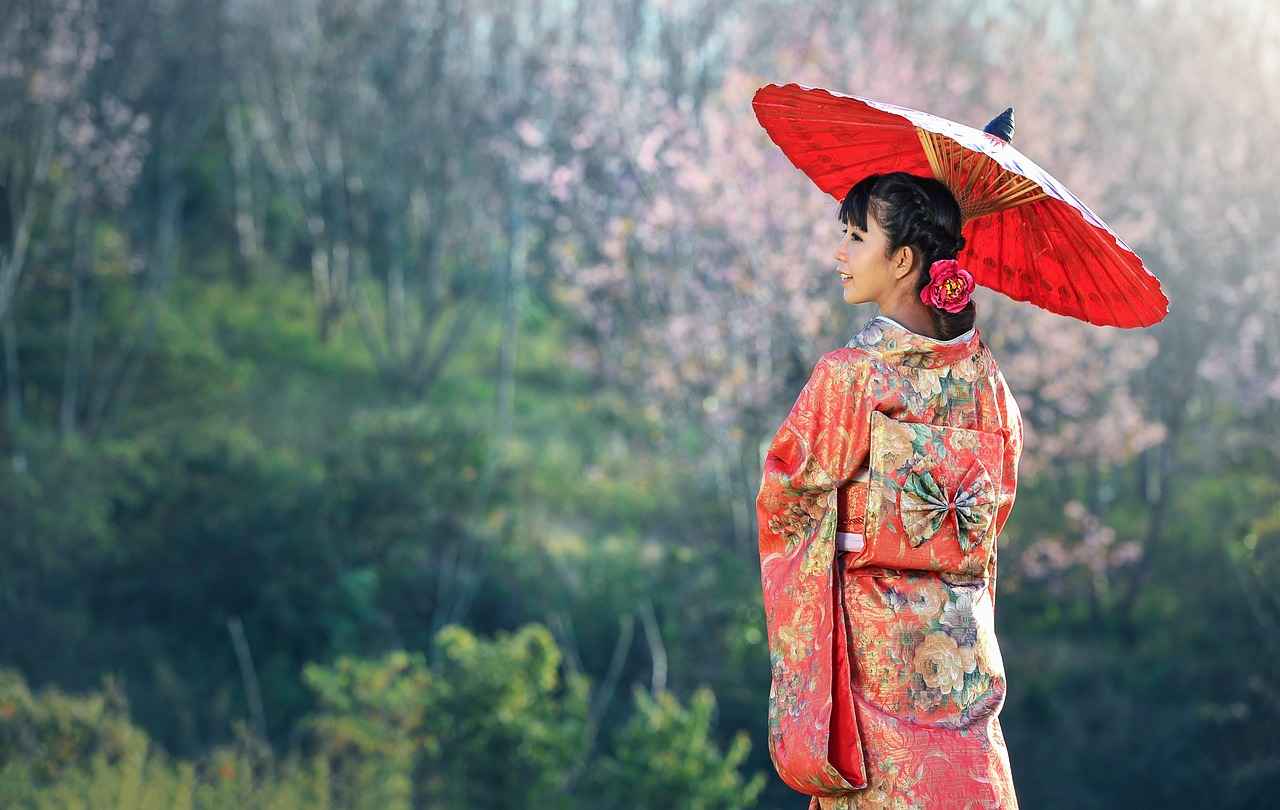
Choosing the Right Kimono
for a traditional Japanese tea ceremony is an essential aspect that reflects not only personal style but also cultural values. The selection process involves various factors, including the occasion, season, and your unique personal style. Understanding these elements can greatly enhance your overall experience and respect for the tradition.
Firstly, consider the occasion for which you are dressing. Different ceremonies may require different levels of formality. For instance, a Furisode, characterized by its long sleeves, is typically worn by young, unmarried women during celebratory events. In contrast, a Tomesode, which has shorter sleeves and is often adorned with intricate patterns, is more appropriate for married women attending formal ceremonies.
The season also plays a crucial role in kimono selection. Fabrics and colors can reflect the time of year, enhancing the connection between the wearer and nature. For example, lighter fabrics and pastel colors are favored in spring and summer, while richer, warmer tones are more suitable for autumn and winter. This seasonal alignment not only showcases the beauty of the kimono but also signifies a deeper appreciation for the changing environment.
Additionally, your personal style should influence your choice. Kimonos come in various styles, patterns, and colors, allowing for individual expression within the framework of tradition. When selecting a kimono, consider what resonates with you personally, whether it be a bold, vibrant pattern or a more subdued, classic design.
In summary, the process of for a tea ceremony is multifaceted. By carefully considering the occasion, season, and your personal style, you can make an informed choice that honors both the tradition of the tea ceremony and your individuality.
Types of Kimonos
When exploring the rich tapestry of traditional Japanese culture, understanding the is essential, especially when preparing for significant events like a tea ceremony. Each kimono type is imbued with its own cultural significance and is suited to different occasions and wearers.
The three primary types of kimonos are Furisode, Tomesode, and Yukata. Each serves a unique purpose and reflects the wearer’s status, age, and the occasion’s formality.
| Type of Kimono | Description | Occasions |
|---|---|---|
| Furisode | Characterized by long sleeves, typically worn by young, unmarried women. | Festivals, weddings, and other celebratory events. |
| Tomesode | A formal kimono with shorter sleeves, worn by married women. | Ceremonies, weddings, and formal gatherings. |
| Yukata | A casual cotton kimono, ideal for summer wear. | Summer festivals, fireworks displays, and casual outings. |
Choosing the right kimono for a tea ceremony involves considering not just the type but also the season and the specific cultural context. For instance, a Tomesode might be more appropriate for a formal tea ceremony, while a Yukata could be suitable for a casual summer gathering.
In conclusion, understanding the different types of kimonos is crucial for anyone looking to participate in a traditional Japanese tea ceremony. Each kimono type offers a glimpse into the rich history and cultural practices of Japan, allowing wearers to connect with this beautiful tradition.
Furisode Kimono
The Furisode Kimono is one of the most recognizable and celebrated forms of traditional Japanese attire. Characterized by its long, flowing sleeves, the Furisode is typically worn by young, unmarried women, symbolizing both youth and elegance. This exquisite garment is often chosen for significant life events, such as coming-of-age ceremonies, weddings, and festive celebrations.
What sets the Furisode apart is its vibrant colors and intricate patterns, which often reflect the season or the occasion for which it is worn. The design may include floral motifs, landscapes, or traditional symbols, each carrying its own cultural significance. When selecting a Furisode, it is essential to consider not only the aesthetic appeal but also the meaning behind the patterns, as they can convey messages of prosperity, happiness, and good fortune.
In addition to its beauty, the Furisode is also a garment that requires careful handling and knowledge of traditional dressing techniques. The way the sleeves are styled and how the kimono is fastened can significantly affect the overall appearance. Accessories, such as obi (the wide belt), play a crucial role in completing the look, and selecting the right obi can enhance the elegance of the Furisode.
During formal occasions, the Furisode is often paired with specific accessories that complement its style. For example, haneri (the decorative collar) and obijime (the cord that secures the obi) add layers of sophistication and detail. Each component of the outfit is carefully chosen to reflect the wearer’s personality and the significance of the occasion.
In conclusion, the Furisode kimono is not just a piece of clothing; it is a symbol of tradition and a celebration of youthful beauty. Wearing it allows one to connect with Japan’s rich cultural heritage while embracing the elegance and charm that this stunning garment represents.
Tomesode Kimono
is a traditional Japanese garment that holds a special place in the cultural fabric of Japan. It is primarily worn by married women and is recognized for its elegance and formality. The design of the Tomesode features shorter sleeves, which distinguish it from other kimono styles, making it suitable for various formal occasions, including weddings and ceremonies.
The significance of the Tomesode goes beyond its aesthetic appeal. Traditionally, the kimono is adorned with intricate patterns and motifs that often symbolize good fortune, happiness, and prosperity. These designs can vary greatly, with some featuring floral patterns, while others may include more abstract or seasonal themes. The choice of colors and patterns is also significant, as they are often selected based on the occasion and the season.
When selecting a Tomesode, it is essential to consider the formal nature of the event. For example, a black Tomesode, known as “Kuro Tomesode,” is typically reserved for the most formal occasions, such as weddings, while colored versions may be appropriate for other celebrations. The obi, or sash worn with the kimono, is also an important aspect of the overall look, as it complements the design and adds to the formality of the attire.
Wearing a Tomesode requires some knowledge of traditional kimono dressing techniques. It is crucial to ensure that the kimono is properly fitted and styled to achieve the desired appearance. This includes understanding the appropriate undergarments, how to wrap the kimono correctly, and how to secure it with the obi. Mastering these steps can elevate the overall experience of wearing this beautiful garment.
In conclusion, the is not just a piece of clothing; it is a representation of Japanese culture and tradition. Wearing it with respect and understanding enhances the connection to Japan’s rich heritage, making it a cherished choice for many formal occasions.
Seasonal Considerations
play a crucial role in the selection of a kimono for a traditional Japanese tea ceremony. The choice of fabric, color, and design can significantly impact the overall aesthetic and appropriateness of the kimono, reflecting the beauty of nature and the changing seasons.
In spring, kimonos often feature light, pastel colors and floral patterns, symbolizing renewal and growth. Fabrics such as chirimen (crepe) or silk are commonly chosen for their elegance and comfort, making them ideal for the milder temperatures of this season.
During the summer months, lighter materials like yukata (a casual cotton kimono) are preferred. Bright colors and vibrant patterns are popular, embodying the lively spirit of summer festivals. Wearing a yukata allows for breathability and ease of movement, crucial during warmer days.
As autumn arrives, kimonos tend to shift towards deeper hues such as rich reds, oranges, and browns, mirroring the changing leaves. Fabrics may include wool or heavier silks to provide warmth as temperatures drop. Traditional motifs like maple leaves are often incorporated into the designs, celebrating the season’s beauty.
In the winter, kimonos are usually made from thicker materials to provide warmth. Darker colors, such as navy and black, are common, often adorned with intricate patterns of snowflakes or plum blossoms, symbolizing resilience in the cold. Layering with haneri (collars) and obi (belts) adds both style and functionality to the winter kimono ensemble.
When choosing a kimono, it is essential to consider not only the season but also the occasion and personal style. This thoughtful selection process ensures that the beauty of the kimono is enhanced by its seasonal relevance, creating a harmonious connection to nature and tradition.
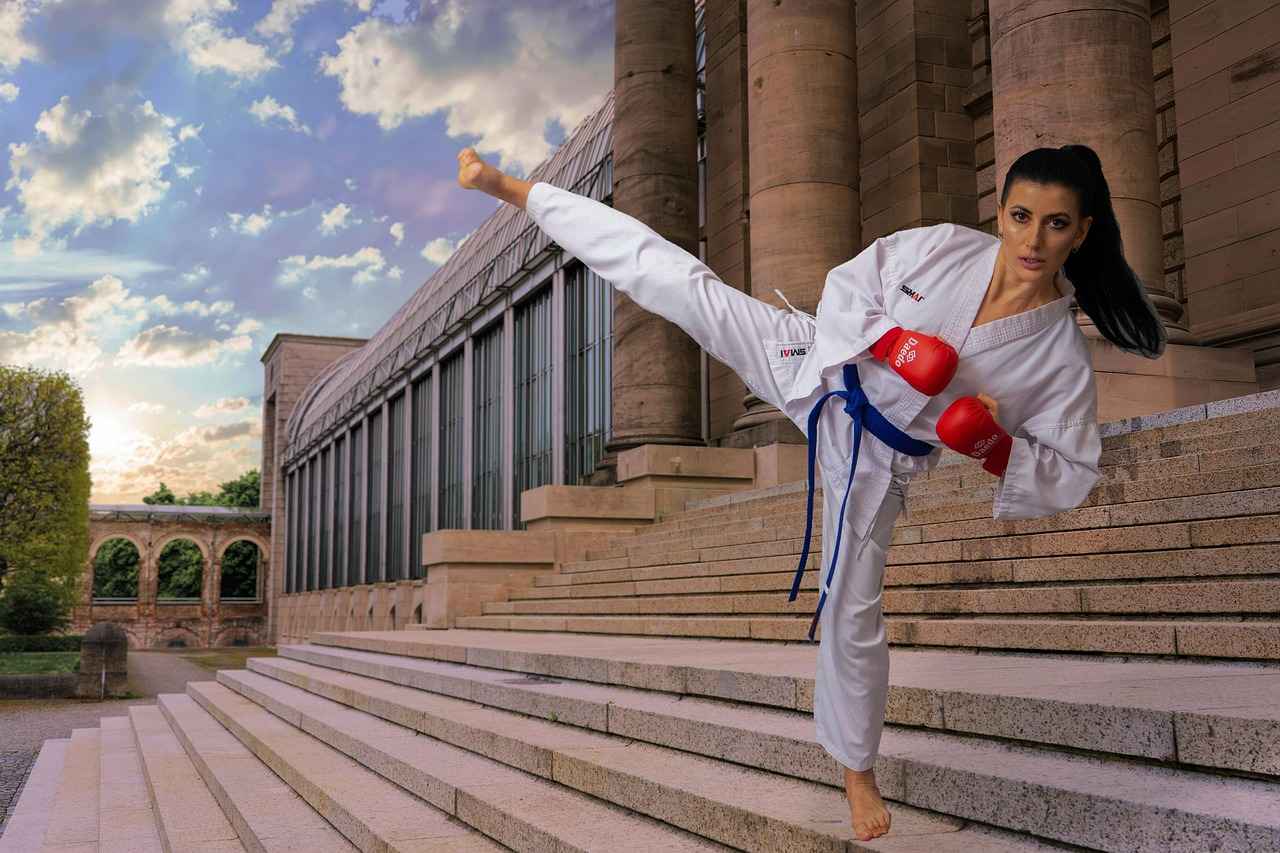
Accessorizing Your Kimono
is essential in achieving a complete and traditional look, especially for events such as a Japanese tea ceremony. The right accessories not only enhance the beauty of the kimono but also reflect the wearer’s attention to detail and respect for cultural traditions.
The obi, a wide belt, is perhaps the most significant accessory. It serves both functional and aesthetic purposes, holding the kimono in place while adding a striking visual element. When selecting an obi, consider the color, pattern, and fabric. For formal occasions, a more elaborate obi with intricate designs is appropriate, while simpler styles may be suitable for casual wear.
Another important accessory is the obijime, a decorative cord that ties around the obi. This accessory not only secures the obi but also adds a layer of elegance. Obijime comes in various materials, including silk and cotton, and can be chosen to complement the colors of the kimono and obi.
Additionally, obidome can be used to enhance the obijime. This decorative piece sits on the obijime and can feature beautiful designs, adding a touch of artistry to the ensemble. Selecting an obidome that harmonizes with the overall outfit is crucial for a cohesive look.
- Haneri: A collar worn over the kimono that can be changed according to the occasion.
- Tatewaku: A decorative piece that hangs from the obi, often featuring tassels or beads.
- Geta or Zori: Traditional footwear that complements the kimono, available in various styles and colors.
In conclusion, the right accessories are vital in completing the kimono look. By carefully selecting each piece, you can enhance your appearance while honoring the rich traditions of Japanese culture.
Choosing the Right Obi
The obi is not just a functional accessory; it is a significant element of the kimono ensemble that influences both style and comfort during a traditional Japanese tea ceremony. Selecting the right obi involves understanding its various styles, materials, and how they complement the kimono.
There are several types of obi, including:
- Fukuro Obi: This is a formal obi that is often wider and more decorative, suitable for special occasions.
- Nagoya Obi: A shorter obi that is easier to wear, making it popular for casual and semi-formal settings.
- Haneri Obi: A more decorative obi that can be used to enhance the overall look of the kimono.
When choosing an obi, consider the following factors:
- Material: Common materials include silk, cotton, and synthetic fabrics. Silk is luxurious and ideal for formal ceremonies, while cotton is more comfortable for casual wear.
- Color and Pattern: The obi should harmonize with the kimono. For example, a vibrant obi can add a pop of color to a more subdued kimono, while a patterned obi can complement a simpler design.
- Style: The way the obi is tied also matters. Different tying techniques can create various looks, from elegant and formal to playful and casual.
Comfort is equally important. Ensure that the obi fits well and allows for ease of movement, especially during the tea ceremony, where grace and fluidity are essential.
In conclusion, selecting the right obi is crucial for a successful and aesthetically pleasing kimono experience during a tea ceremony. By considering the material, color, and style, you can create a harmonious and comfortable outfit that honors this beautiful tradition.
Essential Accessories
When it comes to enhancing your kimono ensemble for a traditional Japanese tea ceremony, accessories play an indispensable role. The right accessories not only elevate your look but also reflect the cultural significance of the occasion. Understanding how to wear and style these accessories is essential for achieving a truly authentic appearance.
- Obijime: This decorative cord is tied around the obi, adding a touch of elegance and color. Obijime comes in various materials and designs, allowing you to choose one that complements your kimono. When wearing it, ensure that it is tied securely, as it helps to keep the obi in place while also adding a visual flair.
- Obidome: A small ornamental piece that sits on the obijime, the obidome serves as a beautiful accent. Typically made from materials like metal or fabric, it can feature intricate designs that reflect your personal style or seasonal themes. Position the obidome at the center of the obijime for a balanced look.
- Haneri: This is a decorative collar worn over the kimono’s neckline, often made from contrasting fabric. The haneri adds a layer of depth to your outfit and can be chosen to match or contrast with your kimono and obi. When attaching the haneri, ensure it lies flat against the collar for a polished appearance.
Each of these accessories contributes to the overall aesthetic of your kimono outfit. Understanding their significance and how to wear them is key for authenticity. For instance, selecting colors that harmonize with the season can enhance the cultural expression of your attire. Additionally, practicing how to tie the obijime and position the obidome will ensure that you feel comfortable and confident during the tea ceremony.
In conclusion, incorporating obijime, obidome, and haneri into your kimono outfit not only showcases your attention to detail but also pays homage to the rich traditions of Japanese culture. Embrace these accessories as integral parts of your attire, and you will truly embody the spirit of the tea ceremony.
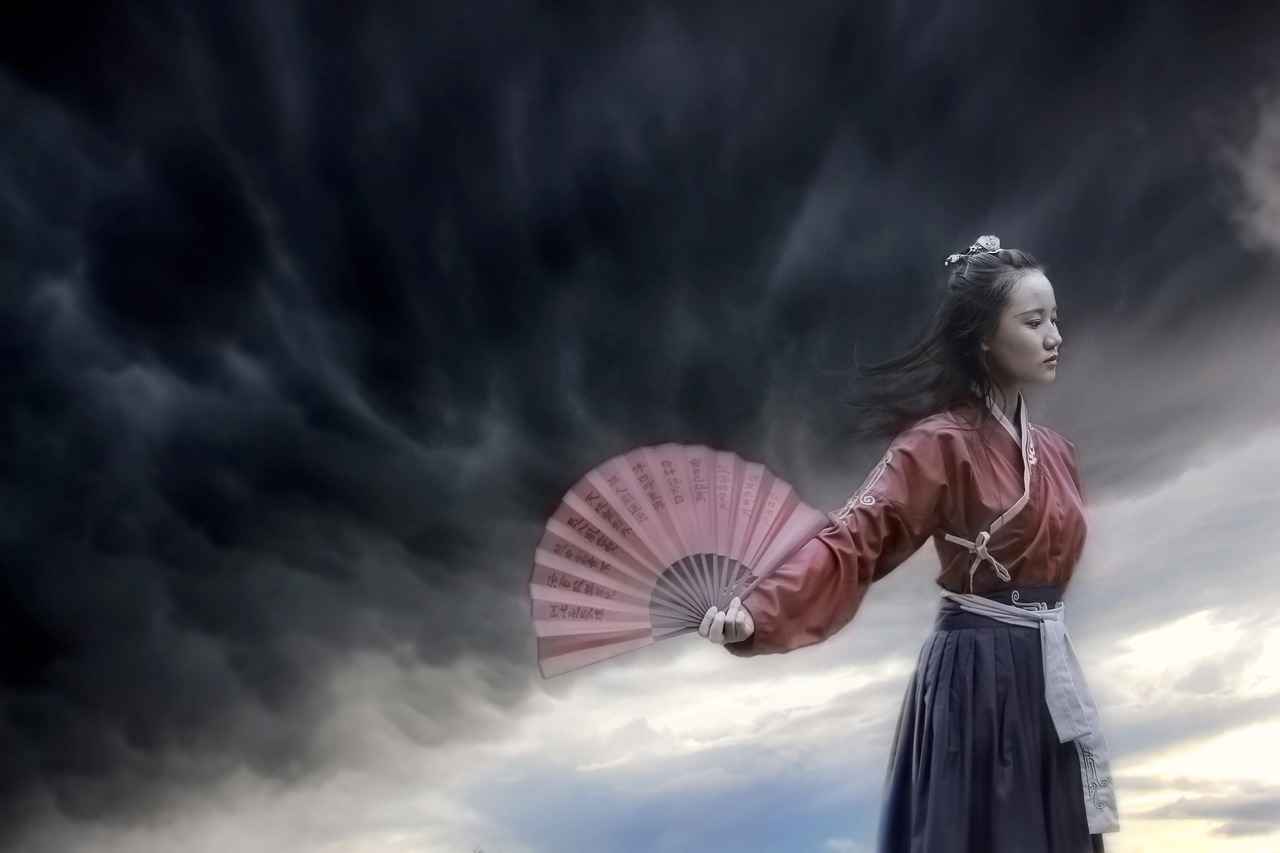
Steps to Properly Wear a Kimono
Wearing a kimono is an art that requires attention to detail and a deep understanding of the garment’s cultural significance. This guide outlines the essential steps to ensure that your kimono is not only properly fitted but also styled for an elegant appearance, particularly during a traditional tea ceremony.
- Preparation and Undergarments: Begin by selecting appropriate undergarments, such as a kimono juban (undergarment) and haneri (collar). These layers provide comfort and shape, ensuring the kimono drapes beautifully over your body. Choose fabrics that are breathable and suitable for the season.
- Wrapping the Kimono: Start by holding the kimono with the back facing you. Wrap the right side over the left, as this is the traditional method. The left side should always be on top, as wrapping it the other way is reserved for dressing the deceased.
- Securing the Kimono: Use a koshihimo (a thin sash) to secure the kimono in place. Tie it around your waist, ensuring that it is snug but not too tight. Adjust the fabric to ensure a smooth silhouette and that the hem falls evenly.
- Adding the Obi: The obi is the wide belt that completes your kimono look. Position it at the waist, ensuring it covers the koshihimo. Depending on the style of the obi, you may need to fold and tuck it to create a neat appearance. Secure it with an obijime (a decorative cord) for added elegance.
- Final Adjustments: Make any necessary adjustments to the sleeves and hem to ensure that everything is aligned correctly. The kimono should allow for ease of movement while maintaining a polished look.
Mastering these steps is essential not only for a polished appearance but also for showing respect to the tradition during the tea ceremony. Wearing a kimono correctly enhances the overall experience and allows you to fully embrace the cultural significance of this beautiful garment.
Preparation and Undergarments
Before donning a kimono for a traditional Japanese tea ceremony, it is essential to focus on the preparation and selection of undergarments. This step is not merely a matter of comfort; it significantly influences the overall appearance and silhouette of the kimono when worn.
First and foremost, the right undergarments are crucial for achieving a smooth and flattering fit. Typically, a kimono undergarment, known as a juban, is worn beneath the kimono. This garment serves multiple purposes:
- It provides a barrier between the skin and the kimono fabric, preventing sweat and oils from staining the outer garment.
- The juban helps to create a more streamlined silhouette, ensuring that the kimono drapes elegantly over the body.
- It can be adjusted to provide additional comfort, allowing for ease of movement during the ceremony.
In addition to the juban, it is advisable to wear a haneri, which is a detachable collar that can enhance the overall aesthetic of the kimono. The haneri can be chosen to complement the colors and patterns of the kimono, adding a touch of personal style.
Moreover, selecting the right obijime and obiage is vital. These accessories not only help secure the kimono in place but also contribute to the overall look. The obiage, for instance, is worn underneath the obi and can be styled in various ways, depending on the occasion.
To summarize, proper preparation and the right choice of undergarments are critical steps in the kimono-wearing process. They ensure that the wearer feels comfortable and confident while maintaining the traditional aesthetic required for a tea ceremony.
Wrapping and Securing the Kimono
Wearing a kimono is not just about the garment itself; it is an intricate process that requires precision and careful attention to detail, especially when it comes to wrapping and securing the kimono. This step is crucial for ensuring that the kimono remains in place throughout the duration of the tea ceremony, allowing the wearer to move gracefully and confidently.
The first step in this process involves layering the kimono correctly. Start by putting on the kimono undergarments, which provide a smooth foundation. Next, carefully wrap the kimono around your body, ensuring that the left side overlaps the right. This is an important detail, as the opposite is reserved for dressing the deceased in Japanese culture.
Once the kimono is wrapped, the next step is to secure it with an obi, the wide belt that holds the kimono in place. When choosing an obi, consider the fabric and design that complements your kimono. After wrapping the obi around your waist, tie it into a knot at the back. The knot can be styled in various ways, such as the taiko musubi, which is traditional for formal occasions.
To further ensure that the kimono stays secure, additional accessories such as obijime can be used. This decorative cord is tied around the obi and helps to keep everything in place. It is also a way to add a touch of personal style to your outfit.
Finally, it is essential to check the overall fit and appearance of the kimono. Adjustments may be necessary to ensure that the garment drapes beautifully and allows for ease of movement. By following these detailed steps, you can confidently wear your kimono, fully appreciating its beauty and the cultural significance it carries during the tea ceremony.
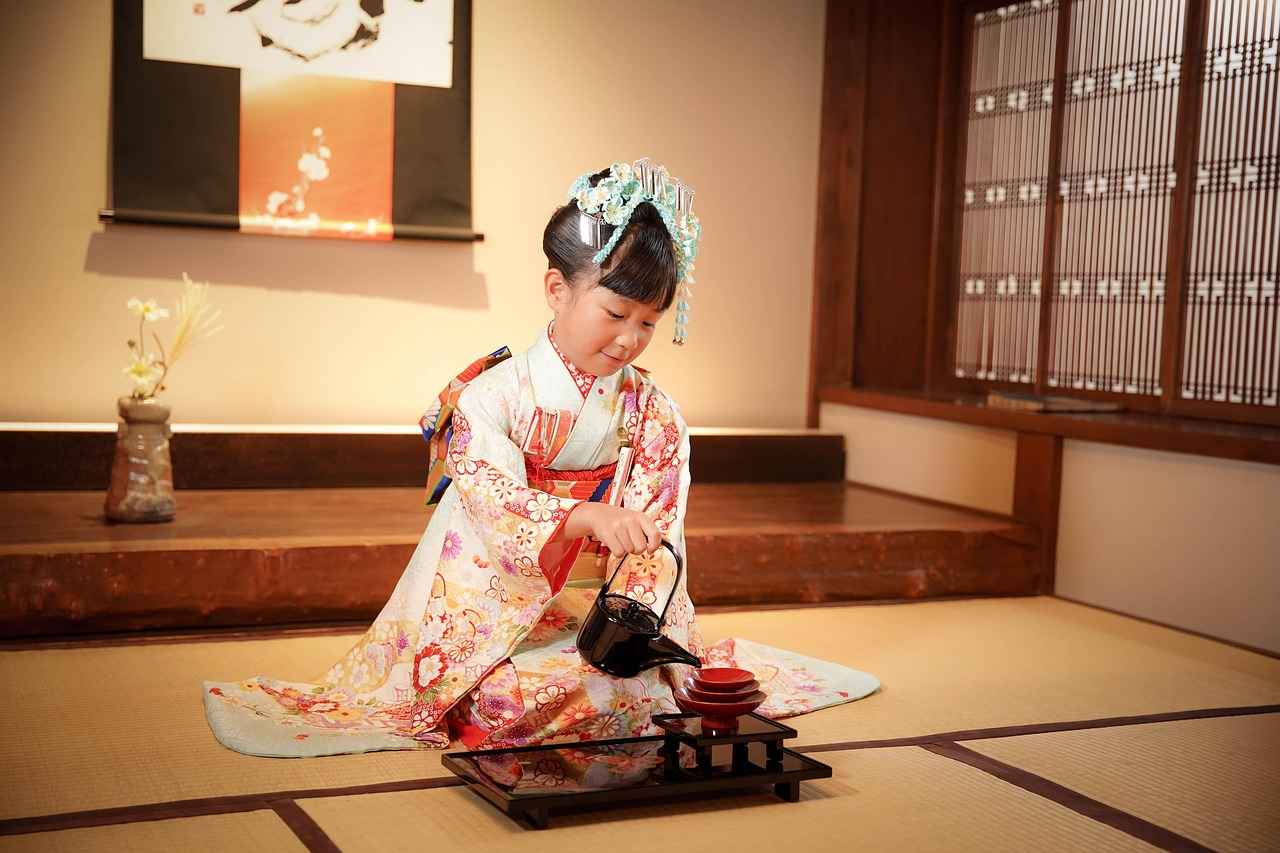
Etiquette During the Tea Ceremony
Understanding the etiquette involved in a tea ceremony is vital for showing respect and appreciation for this cultural practice. Proper behavior enhances the overall experience, making it more meaningful for both the host and the guests. The tea ceremony, or chanoyu, is not just about drinking tea; it is a profound ritual that emphasizes harmony, respect, purity, and tranquility.
Here are some key aspects of etiquette that participants should be aware of:
- Arriving on Time: Punctuality is crucial. Arriving late can disrupt the flow of the ceremony and is seen as disrespectful.
- Proper Greeting: When entering the tea room, a polite bow is customary. This gesture signifies respect for the host and the ceremony itself.
- Seating Arrangements: Guests should wait to be directed to their seats. The seating order often reflects the hierarchy among guests, with the most honored guest seated furthest from the entrance.
- Handling Utensils: Guests should handle tea utensils with care. When receiving the tea bowl, it is polite to turn the bowl slightly before drinking to avoid the front design facing you.
- Expressing Gratitude: After finishing the tea, it is important to express gratitude. A simple “thank you” or a compliment about the tea is always appreciated.
- Respecting Silence: The tea ceremony often involves moments of silence. These pauses are essential for reflection and appreciating the beauty of the moment.
In conclusion, mastering the etiquette of the tea ceremony not only demonstrates respect for this ancient tradition but also enriches the experience for everyone involved. By adhering to these guidelines, participants can fully engage in the beauty and serenity that the tea ceremony offers.
Greeting Guests
Greeting guests appropriately is a fundamental aspect of tea ceremony etiquette that reflects respect and hospitality. In the context of a traditional Japanese tea ceremony, the way you greet guests sets the tone for the entire experience. It is not merely a formality; it is an expression of gratitude and warmth.
When welcoming guests, it is essential to bow respectfully. The depth and duration of the bow can vary depending on the relationship with the guest and the formality of the occasion. A slight bow is suitable for casual acquaintances, while a deeper bow is reserved for more formal situations or respected individuals. This physical gesture embodies humility and acknowledges the importance of the guests in the ceremony.
In addition to bowing, using polite language is crucial. Phrases such as “Irasshaimase” (Welcome) or “Okaerinasai” (Welcome back) can create a warm and inviting atmosphere. The choice of words should reflect sincerity and respect, making guests feel valued and appreciated. It is also important to maintain a calm and composed demeanor, as this enhances the overall ambiance of the ceremony.
Another vital element of greeting guests is the presentation of the tea utensils. This act should be performed with care and attention, showcasing the beauty of the items used in the ceremony. By presenting these tools with reverence, you further emphasize the significance of the occasion and the effort put into creating a memorable experience.
Ultimately, the way you greet guests during a tea ceremony is a reflection of your understanding of cultural traditions and your commitment to honoring them. By bowing respectfully, using polite language, and presenting tea utensils thoughtfully, you contribute to a welcoming environment that enhances the appreciation of this beautiful ritual.
Serving Tea
is an integral part of the traditional Japanese tea ceremony, and it requires a nuanced understanding of specific techniques. The process is not merely about pouring tea; it embodies a rich cultural heritage and a profound respect for the guests. This section will delve into the essential aspects of serving tea, ensuring a memorable experience for everyone involved.
- Presentation of Tea Utensils: The way tea utensils are presented plays a significant role in the ceremony. Each item, from the tea bowl to the whisk, should be displayed with care and attention. It is customary to place the utensils on a clean, decorative tray, showcasing their beauty and significance.
- Order of Serving: The order in which guests are served is also crucial. Typically, the host serves the most honored guest first, followed by others in descending order of importance. This practice reflects respect and acknowledges the status of each participant.
- Mindfulness and Intent: Every action during the tea ceremony should be performed with mindfulness. The host should focus on the task at hand, ensuring that the tea is prepared and served with grace. This intention enhances the overall atmosphere of the ceremony, creating a serene and respectful environment.
Moreover, the temperature of the water and the quality of the tea leaves are vital for achieving the perfect brew. The host must pay attention to these details, as they directly affect the flavor and aroma of the tea. Understanding the types of tea and their specific brewing requirements can elevate the ceremony, making it a truly unforgettable experience.
In conclusion, mastering the art of serving tea is essential for a successful traditional Japanese tea ceremony. By focusing on the presentation of utensils, the order of serving, and the mindfulness of each action, the host can create a profound and enriching experience that honors this beautiful cultural tradition.
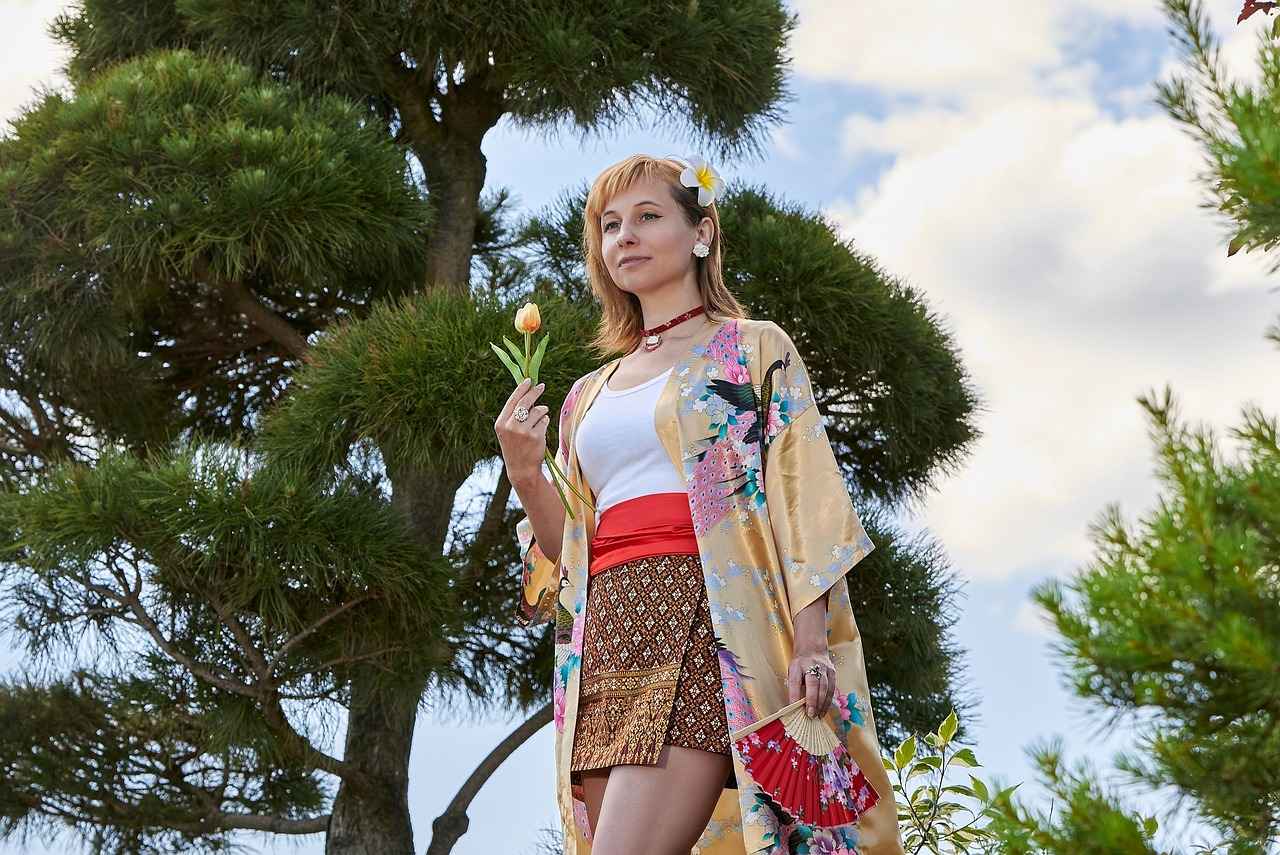
Conclusion: Embracing Tradition
Wearing a kimono during a traditional Japanese tea ceremony is not just about donning a beautiful garment; it is an enriching experience that connects you deeply to Japan’s cultural heritage. The kimono, with its intricate designs and rich history, serves as a symbol of respect and appreciation for the customs that have been passed down through generations.
To fully embrace this tradition, it is essential to understand the significance of the kimono and the tea ceremony itself. The tea ceremony, or chanoyu, embodies harmony, respect, purity, and tranquility. When you wear a kimono, you are participating in this cultural ritual, which enhances your connection to Japan’s past.
Moreover, the act of wearing a kimono requires attention to detail. From selecting the right fabric to understanding the proper way to secure the garment, each step is vital for an authentic experience. The accessories you choose, such as the obi and other traditional items, further accentuate the beauty of the kimono and reflect your personal style while adhering to cultural norms.
As you prepare for the tea ceremony, remember to approach it with respect and an open heart. Understanding the etiquette involved, such as greeting guests and serving tea, will enhance your experience and show your appreciation for this beautiful tradition. By immersing yourself in these practices, you not only honor the culture but also enrich your own understanding of the world.
In conclusion, wearing a kimono for a traditional Japanese tea ceremony is a journey into a realm of beauty and cultural significance. Embrace this tradition with respect and appreciation, and you will find that it offers a profound connection to Japan’s heritage and a deeper understanding of its values.
Frequently Asked Questions
- What is the significance of wearing a kimono during a tea ceremony?
Wearing a kimono during a tea ceremony is not just about aesthetics; it symbolizes respect for the tradition and the ceremony itself. The kimono connects the wearer to Japanese culture and enhances the overall experience.
- How do I choose the right kimono for the season?
Choosing the right kimono for the season involves considering the fabric and colors that reflect nature’s beauty at that time. For instance, lighter fabrics and pastel colors are perfect for spring, while richer tones and heavier fabrics suit autumn.
- What accessories are essential for wearing a kimono?
Essential accessories include the obi (belt), obijime (cord), and obidome (ornament). Each accessory plays a vital role in securing the kimono and enhancing its beauty, so it’s important to select them thoughtfully.
- Can I wear a kimono if I’m not Japanese?
Absolutely! Kimonos can be worn by anyone who appreciates the culture. Just be sure to respect the traditions and etiquette associated with wearing one, especially during a tea ceremony.
- What are the key etiquette points to remember during the tea ceremony?
Key etiquette points include greeting guests with a bow, serving tea in a specific order, and handling tea utensils with care. These actions show respect and appreciation for the ceremony and its participants.
